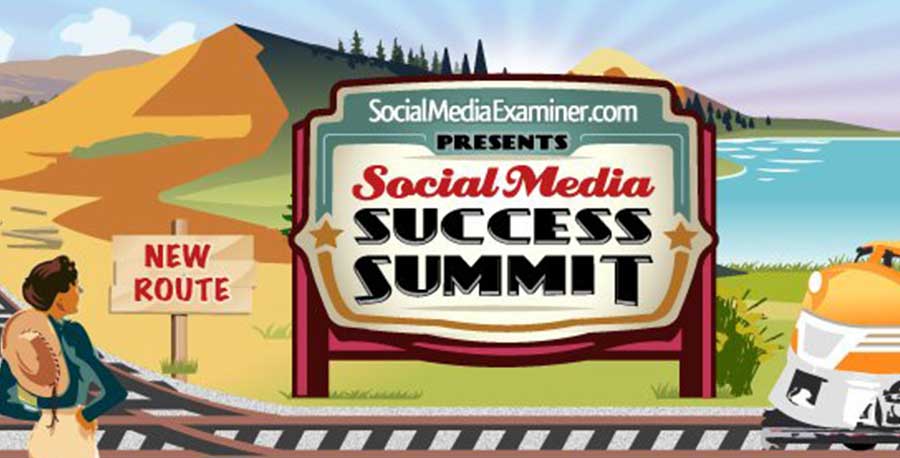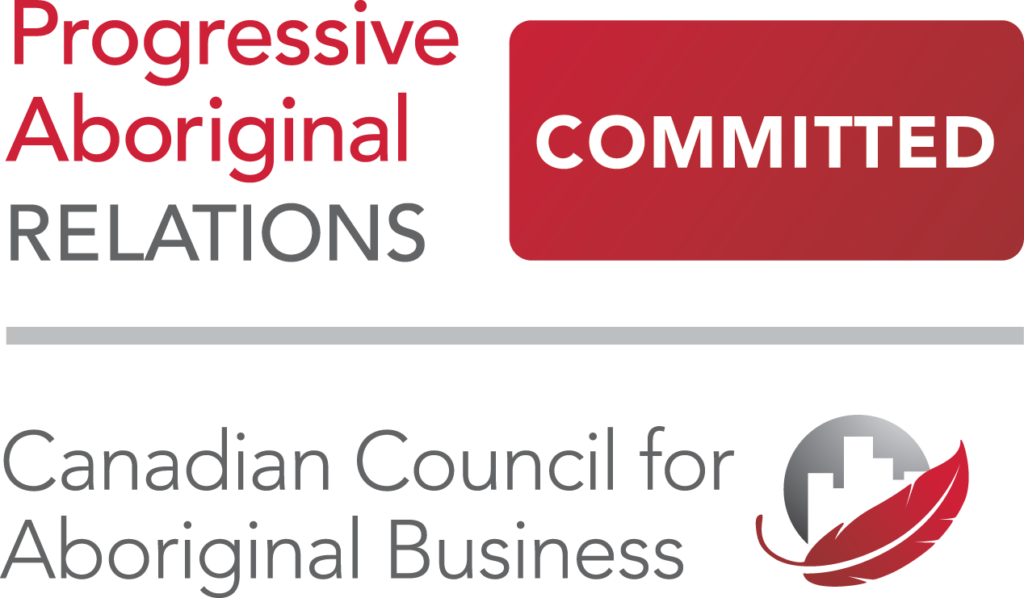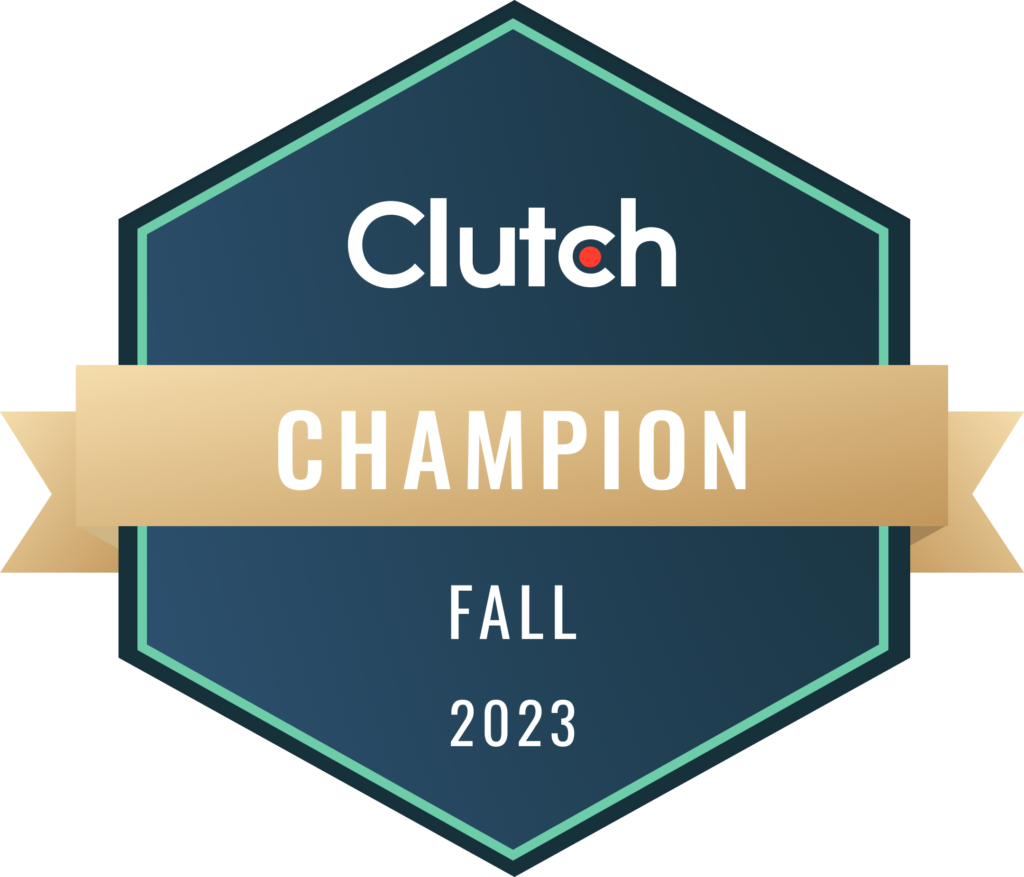I had the pleasure of attending the Social Media Success Summit this year. There were so many light bulb moments for me; I had to share my top ten takeaways from some of the most influential individuals in the field. It was hard to narrow it down to only 10, I found myself writing down new ideas and strategies every minute of every session. If you’ve already got a good grasp of social media marketing I hope you find the following takeaways helpful. I sure did! I’ve chosen one takeaway from ten of the top social media pros at #SMSS15.
1. From Viveka von Rosen’s keynote I absolutely loved her ninja trick with using header images. She suggested changing them up on a regular basis to draw attention and stay fresh. Furthermore, a company page can be innovative idea and creative with branded header banners for employees. Especially as a smaller sized company this could go a long way for network reach. You can even brand these for each individual’s job position. A creative example here would be to design a header image visually showcasing the pain point said employee would solve doing what they do.
2. Melonie Dodoro had a great tip on building authority. B2B companies that blog regularly get 67% more leads according to Hubspot. Companies need to build authority via quality content. The question is how do you get your quality content out there? There are lots of industry groups to join on LinkedIn, but these are your colleagues and competitors. You want to find out what groups your target audience is active in, not where your industry experts are active in. By providing helpful information and resources you will establish yourself as the industry authority on said topic. Take some time and make a list of where your desired audience hangs out on LinkedIn.
3. First really want to share these interesting stats from Kim Garst: 92% of retweets happened within the first hour of its life. This gives you a really good idea on performance almost immediately. Another interesting stat: changing just one word in your headline can result in 46% higher CTR! Now the main takeaway from Kim was about Pinned Tweets and how to use them to drive more traffic to the website. This is a way to expand on your bio and have one Tweet promoting your business that really highlights the company’s authentic voice and speaks to people. If your bio section on Twitter doesn’t capture the viewer’s attention then the pinned Tweet will and will send a ton more traffic to the site overnight.
4. Mark Schaefer ditched on BADASS content marketing golden rules and there was one that really stood out because I see so many brands doing it wrong. After much research and testing, results show that using more than one hashtag in a Tweet actually decreases it’s effectiveness. Yes that’s right, the more hashtags you use doesn’t mean you’ll get more engagement. Quite the opposite actually. With one hashtag retweets and shares will go up 20%-50% BUT with more than one hashtag you’ll see those numbers decrease. Be tactful and selective with the hashtag you want to use. Research and test over and over for optimal content performance.
5. Donna Moritz’s keynote (though it was all fantastic resources!) was using apps to make life simpler. If you’re working with very small budgets either for yourself or for clients, there is a world of resources out there! I very much liked the video tool that Donna touched on called Videolicious. You have less than a second (quite literally) to grasp your readers’ attentions or you’ve lost them in the scroll of the timeline. Video is by far the most engaging content type and the cheapest for advertising. Try this app out, make a selection of copies to test one against the other for best performance and spend almost no time doing it!
6. Let’s see if I can limit my takeaways for Facebook to only a couple. Mari Smith touched on the importance of Messenger for business. Social proof is huge for companies now across all channels, especially Facebook. When a potential customer visits the company page they now see the response rate of that page. The company basically gets a grading, and you want yours or your client’s to say very responsive. This’ll earn the trust and hopefully translate in more traffic, engagement, leads and conversions. This means you need to have bandwidth and processes set in place to be as responsive as possible as the company page grows.
7. My next takeaway is one that seems to be the biggest pain point for most on Facebook now with its ever-growing reach limitations. How to get more organic reach? It’s about amplifying your content and testing. Use your editorial calendar strategically and schedule as many tests as you can into it. Make notes daily to see what works best (CTA, creatives, copy, etc.) and you’ll see improvements in organic reach even with the new Facebook algorithms. Jon Loomer had a great suggestion on overcoming these barriers by creating passion pages (much like a community page) in order to build an engaged and genuine following before leveraging this audience for your company page. You don’t want to buy likes, you want to build relationships and passion pages are an incredibly effective way to accomplish this.
8. Andrea Vahl with her penny pincher approach to Facebook Ads suggested that 70% of the ad budget be devoted to website clicks. We know split testing works, and helps us refine our strategies and optimize each of our ad sets further each time. It’s especially very relevant for businesses that are just starting up that receive low traffic. When creating your custom audience for website clicks ads (note: you don’t want to be creating boosted post ads when your aim is website traffic!), and if you have low traffic you’ll find that your website custom audience won’t work well. The alternative to this is to create a Lookalike Audience in the Custom Audience. This will target similar audiences to those visiting your website but have a far greater reach. This will likely perform better for website clicks than a custom audience you create based on interests and other demographics you’re assuming your audience to have.
9. Dustin Stout covered best practices for sharing and creating collections in Google+. What was really interesting was the significant impact it has on SEO juice and the extent of accuracy for targeting. If you’ve never before created collections you can go back in history and post to collections old posts that you’ve selected to make the cut. Collections get better visibility in the feed and rank better too. This channel isn’t for everybody and you really have to know your audience, as they’re very specific on this channel. You’d style a collections post much the way you would a blog post with one CTA and link, title, subtitle and copy. Since collections best practices follow a similar style to that of a blog post it wouldn’t really take much extra time for your team to come up with these.
10. Sue Zimmerman covered fast and effective ways to grow your IG account. Being strategic and collaborative with other accounts rather than competitive will get you a healthy community at a healthy pace. Follow each of them (don’t worry about your following numbers), mention/tag them, comment, follow who they follow. This doesn’t take much time per day; all it requires is a plan and consistency every single day (yes evenings and weekends too) because users are highly active at this time. We can’t do it all on our own and getting some strategic help on Instagram is the way to go!
There were consistent themes across the board that I noticed with all presenters, no matter their channel of expertise. Number one focus was being human and not promotional. Lots of emphasis was put on building genuine relationships rather than pushing your content onto people who don’t care for it. We need to remember the reason these social channels were originally created, the reason why people started using each of these channels. That’s how you really tap into your target audience, by using it the way they use Instagram, Facebook, Twitter and so on.
Curious to learn more about how social media can help you build brand awareness, authority, leads and sales? Get in touch with to discuss more about how to improve your digital marketing strategy with social media here: alina@allinclusivemarketing.com.











